Help me with the joining of the drawers-Miller Dowel System?
both
13 years ago
Related Stories

HOUSEKEEPINGThree More Magic Words to Help the Housekeeping Get Done
As a follow-up to "How about now?" these three words can help you check more chores off your list
Full Story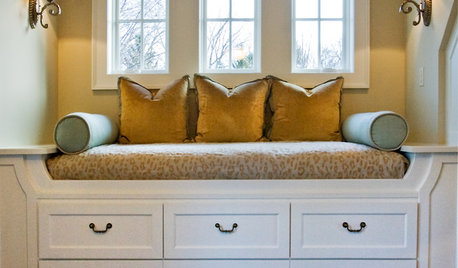
SMALL SPACESDownsizing Help: Storage Solutions for Small Spaces
Look under, over and inside to find places for everything you need to keep
Full Story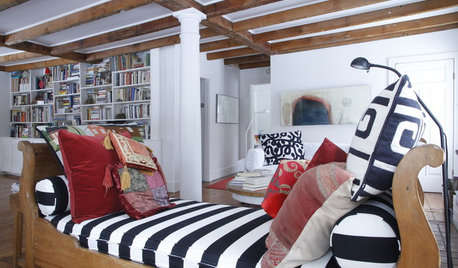
HOUZZ TOURSMy Houzz: 38 Years of Renovations Help Artists Live Their Dream
Twin art studios. Space for every book and model ship. After four decades of remodeling, this farmhouse has two happy homeowners
Full Story
ORGANIZINGGet the Organizing Help You Need (Finally!)
Imagine having your closet whipped into shape by someone else. That’s the power of working with a pro
Full Story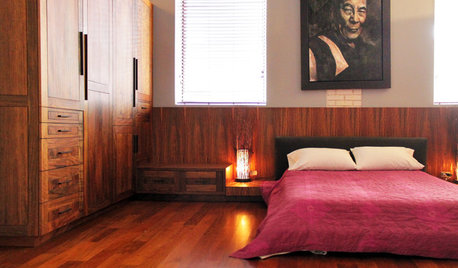
Storage Help for Small Bedrooms: Beautiful Built-ins
Squeezed for space? Consider built-in cabinets, shelves and niches that hold all you need and look great too
Full Story
MOST POPULAR7 Ways to Design Your Kitchen to Help You Lose Weight
In his new book, Slim by Design, eating-behavior expert Brian Wansink shows us how to get our kitchens working better
Full Story
DECLUTTERINGDownsizing Help: How to Edit Your Belongings
Learn what to take and what to toss if you're moving to a smaller home
Full Story
LIFEYou Said It: ‘Put It Back’ If It Won’t Help Your House, and More Wisdom
Highlights from the week include stopping clutter from getting past the door, fall planting ideas and a grandfather’s gift of love
Full Story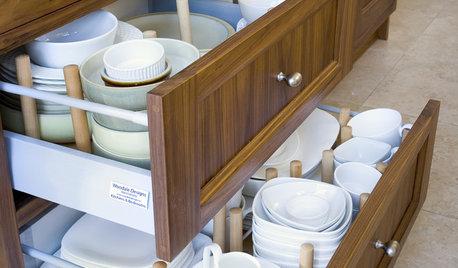
KITCHEN DESIGNIdea of the Week: Customizable Dish Drawer
Tuck dishes safely away in a DIY kitchen-drawer organizer
Full Story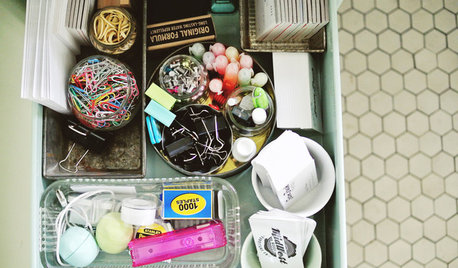
MOST POPULAR8 Ways to Get a Handle on the Junk Drawer
Don’t sweat the small stuff — give it a few drawers of its own, sorted by type or task
Full Story









Jon1270
bothOriginal Author
Related Professionals
South Riding Cabinets & Cabinetry · Watauga Cabinets & Cabinetry · Golden Glades Carpenters · Chesapeake Flooring Contractors · Fairfax Flooring Contractors · Fort Lauderdale Flooring Contractors · Golden Glades Flooring Contractors · Pearland Flooring Contractors · Stoughton Flooring Contractors · Thornton Flooring Contractors · Woodbury Flooring Contractors · Denver Furniture & Accessories · Roseville Furniture & Accessories · Highland Park Furniture & Accessories · Mahwah Furniture & AccessoriesUser
someone2010
someone2010
Jon1270
brickeyee
aidan_m
brickeyee